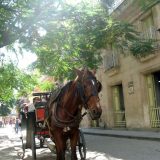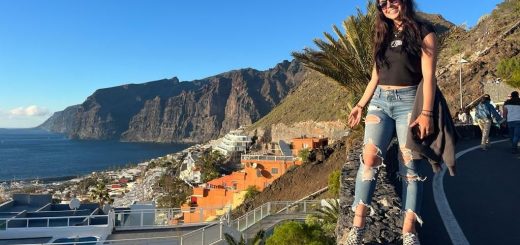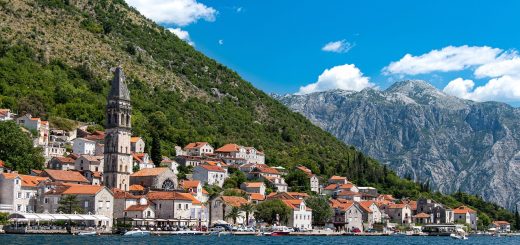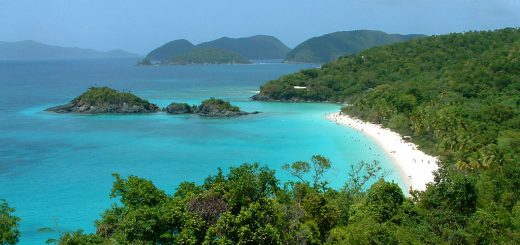Argentina
by admin · March 24, 2023
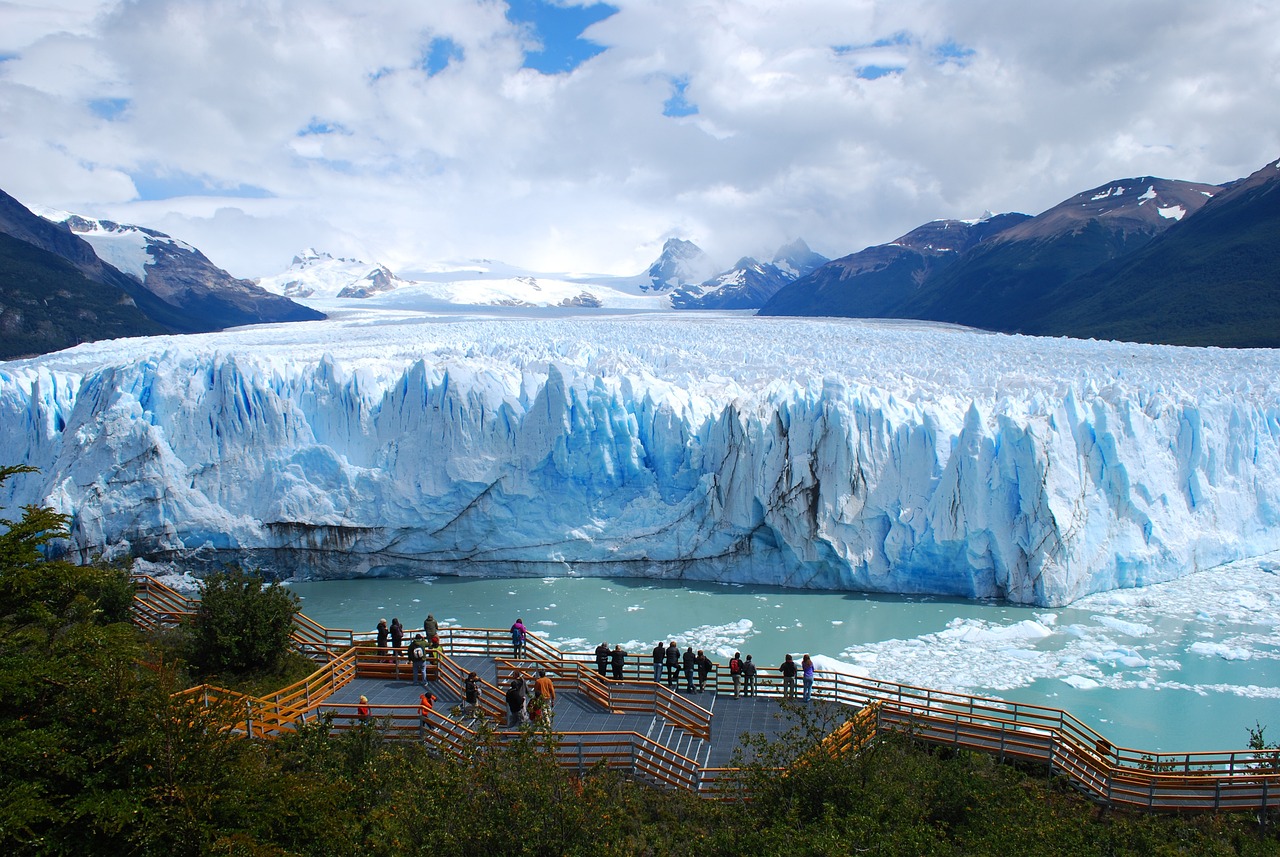
Discovering the Charms of Argentina: A Travel Guide
Argentina is a vast and diverse country, known for its stunning natural beauty, rich culture, and delicious cuisine. From the bustling cities to the serene countryside, Argentina has something to offer every type of traveler. In this article, we will explore some of the main city travel destinations, cultural traditions, architectural styles, and beautiful regions that make Argentina a must-visit destination.
Main City Travel Destinations
Buenos Aires
Buenos Aires is the vibrant capital city of Argentina and is often referred to as the “Paris of South America” due to its European-inspired architecture and culture. Visitors can explore the city’s historic neighborhoods, such as San Telmo and La Boca, as well as its lively arts and entertainment scene.
Mendoza
Located in western Argentina, Mendoza is known for its picturesque vineyards and excellent wine. Visitors can explore the region’s wine estates, sample some of the country’s finest wines, and enjoy outdoor activities such as hiking and skiing in the nearby Andes Mountains.
Cordoba
Cordoba is a colonial-era city in central Argentina and is known for its rich history and cultural landmarks. Visitors can explore the city’s many museums, churches, and parks, as well as its lively music and dance scene.
Culture:
Argentina has a rich and diverse culture that is influenced by its European, indigenous, and African roots. Here are a few examples of the country’s unique cultural traditions:
Tango: Tango is a passionate and sensual dance that originated in Argentina in the late 19th century. Visitors can attend tango shows and lessons in Buenos Aires, the birthplace of this iconic dance.
Gauchos: Gauchos are Argentine cowboys who have a strong connection to the country’s rural traditions and way of life. Visitors can experience gaucho culture by attending a traditional rodeo, known as a “jinetada,” or by visiting one of the country’s many estancias, or ranches.
Mate: Mate is a traditional Argentine beverage made from the leaves of the yerba mate plant. Drinking mate is a social activity that is deeply ingrained in Argentine culture, with many locals carrying a thermos of hot water and a mate gourd with them throughout the day.
Food:
Argentina is known for its delicious cuisine, which is heavily influenced by its European roots and local ingredients. Here are a few examples of traditional Argentine dishes:
Asado: Asado is a traditional Argentine barbecue that features various cuts of meat, such as beef, pork, and sausage, cooked over an open flame. Asado is typically enjoyed with chimichurri sauce and a glass of red wine.
Empanadas: Empanadas are a popular Argentine snack that are made by filling pastry pockets with meat, cheese, vegetables, or fruit. Empanadas are often sold at street vendors and local markets throughout the country.
Dulce de Leche: Dulce de leche is a creamy caramel sauce that is a staple of Argentine cuisine. It is often used as a topping for desserts such as pancakes, ice cream, and pastries.
Architecture:
Argentina has a rich architectural history, influenced by its European heritage and unique local traditions. Here are a few examples of the country’s architectural styles:
Colonial Colonial architecture is prevalent throughout Argentina, with many historic buildings dating back to the Spanish colonial era. Visitors can explore examples of colonial architecture in cities such as Buenos Aires and Cordoba.
Art Nouveau Art Nouveau architecture was popular in Argentina during the early 20th century and is characterized by its ornate and decorative style. Visitors can explore examples of Art Nouveau architecture in cities such as Buenos Aires and Rosario.
Regions:
Argentina is a country of great diversity, with distinct regions that offer unique experiences to travelers. From the Andes mountains in the west to the grasslands of the Pampas in the east, there’s no shortage of stunning landscapes to explore. Here are some of the most popular regions to visit:
Buenos Aires and the Pampas: The heart of Argentina, Buenos Aires is a vibrant city known for its European-style architecture, tango music and dance, and delicious cuisine. The surrounding Pampas region is home to vast grasslands where you can go horseback riding, visit traditional estancias (ranches), and learn about the gaucho culture.
Patagonia: Located in the southern part of Argentina, Patagonia is a region of unparalleled natural beauty, with snow-capped mountains, crystal-clear lakes, and stunning glaciers. Popular activities include hiking, wildlife watching, and visiting the iconic Perito Moreno Glacier.
Mendoza and the Wine Country: Argentina is one of the world’s top wine producers, and the Mendoza region is the heart of the country’s wine country. The region’s vineyards produce some of the best Malbec in the world, and visitors can take wine tours, enjoy delicious food, and take in the stunning mountain scenery.
Northwest Argentina: This region is known for its stunning natural beauty, including the Quebrada de Humahuaca, a UNESCO World Heritage site, and the high-altitude Salinas Grandes salt flats. It’s also home to many indigenous communities, and visitors can learn about the region’s history and culture by visiting local museums and attending cultural events.
Conclusion:
Argentina is a country that’s rich in culture, history, and natural beauty. From the vibrant streets of Buenos Aires to the stunning landscapes of Patagonia, there’s something for everyone in this diverse and welcoming country. Whether you’re interested in food, music, or outdoor adventures, Argentina is sure to leave a lasting impression.







